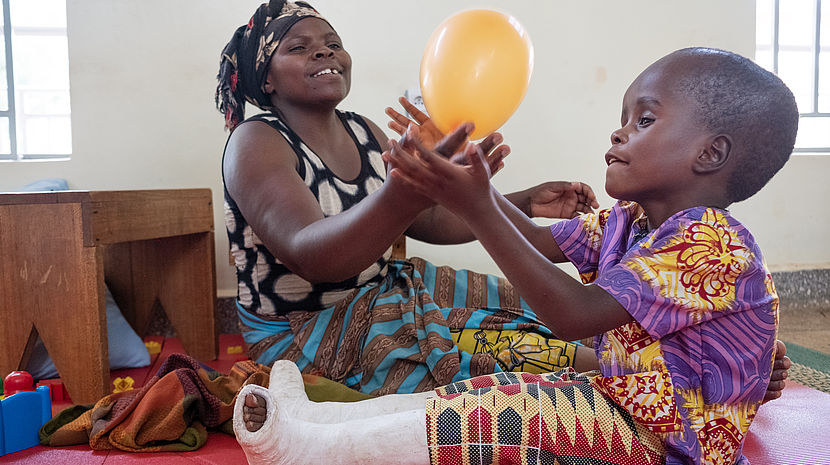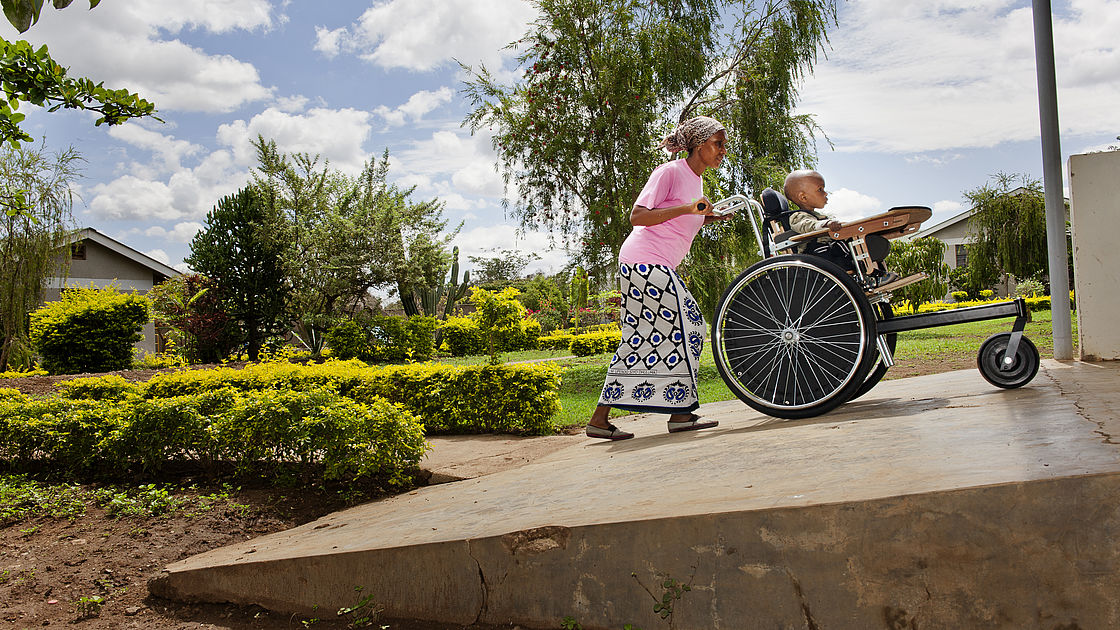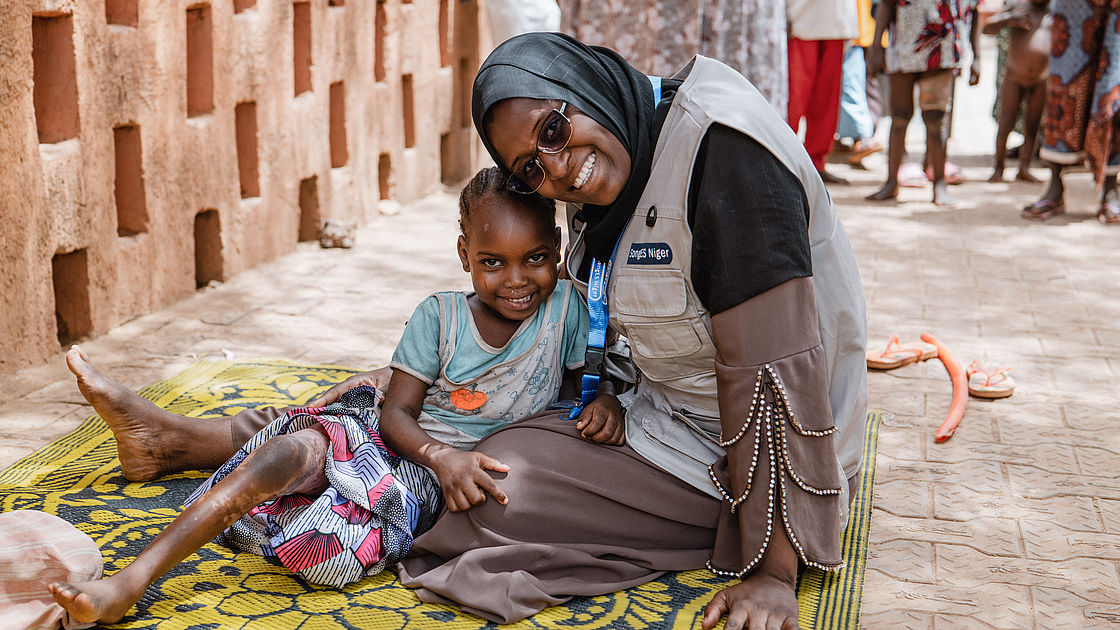CBM Welcomes WHO Resolution on Rehabilitation

CBM/ Hayduk
The WHO resolution aims to address the growing need for rehabilitation worldwide, with one in three people requiring it.
194 WHO member states adopted a landmark resolution on "Strengthening Rehabilitation in Health Systems" at the 76th World Health Assembly. As one of the non-state actors that submitted written statements, CBM welcomes this important milestone.
One in three people now live with a health condition that requires rehabilitation according to a study by WHO and the Institute for Health Metrics and Evaluation. The need has increased by 63% since 1990, from 1.48 billion to 2.41 billion people today. The need is higher in low- and middle-income countries where up to 50% of people do not have access to these services. To address this, the resolution advocates for the integration of rehabilitation for all into health systems as part of general health care, including primary and emergency care.
CBM and its partners around the world have been working for many years to make rehabilitation an integral part of health care. As a result, many countries have included rehabilitation in their strategic and operational health planning. However, much remains to be done to ensure the implementation of these plans.
Why Rehabilitation is Important to CBM?

Foto: Bernd Hartung
“Rehabilitation is not only important for the well-being of persons with disabilities: it also facilitates their participation in and integration into their communities. We support rehabilitation in communities and clinics as part of our work on community-based inclusive development. We, therefore, commend WHO and its member states for adopting this resolution,” Miriam Maier, CBM’s Advocacy Officer says.
In the Dosso region of Niger, many children with physical disabilities and their families do not have access to surgical interventions and rehabilitation services. This affects their quality of life, including their ability to attend school, participate in the community and enjoy their leisure time.
This new WHO resolution is particularly important for children with disabilities like these in Niger (and other countries), where CBM is supporting a project that provides surgical interventions, rehabilitation, vocational training, and community sensitisation to improve their quality of life. By integrating rehabilitation with health care, children with disabilities receive the support they need to attend school, participate in social life, and enjoy their leisure time so they can lead fuller lives.

Aïssatou suffered burns on her leg after an accident with hot water. She was treated at the CURE Hospital in Niger.
CBM
For example, a CBM-supported project implemented by two local partners, CURE Children's Hospital in Niamey and the Niger Federation of Persons with Disabilities (FNPH), takes an integrated approach. This includes surgical interventions and rehabilitation for children aged 0-18 years. Vocational training for children with disabilities and their families, as well as sensitisation of community leaders and religious leaders on the rights of persons with disabilities.
Under the project, children with disabilities received tricycles to help them attend school and participate in the community. Young persons with disabilities participated in training in crafts such as sewing, motorcycle mechanics, plumbing, chair weaving and knitting. They received financial support to start their businesses, while families of children with disabilities received livestock kits and other support to diversify their income and achieve financial independence.
To raise awareness and increase demand in communities that had previously used mainly traditional healers, health workers were trained to identify physical impairments and understand the rehabilitation options available. Ten local chapters of FNPH were established to expand their reach and strengthen their capacity to advocate for the rights of persons with disabilities on the ground.